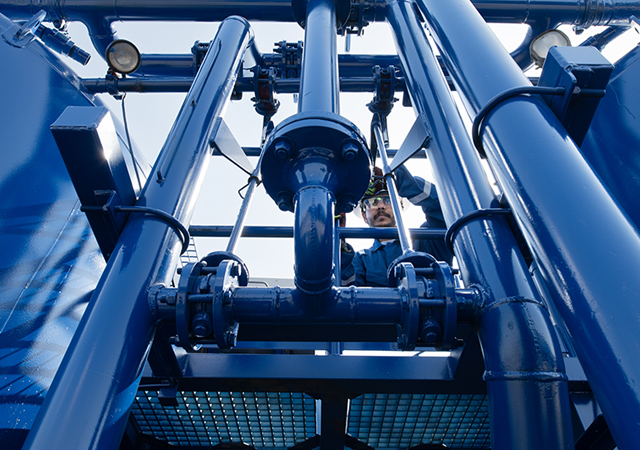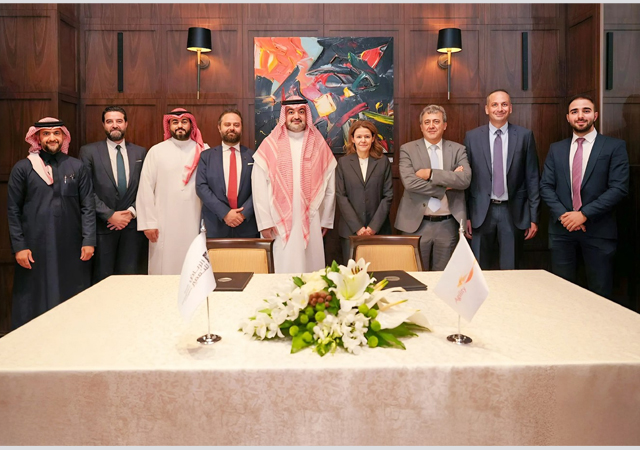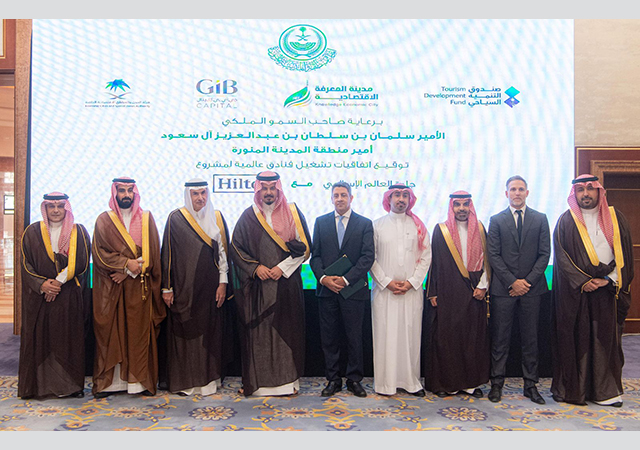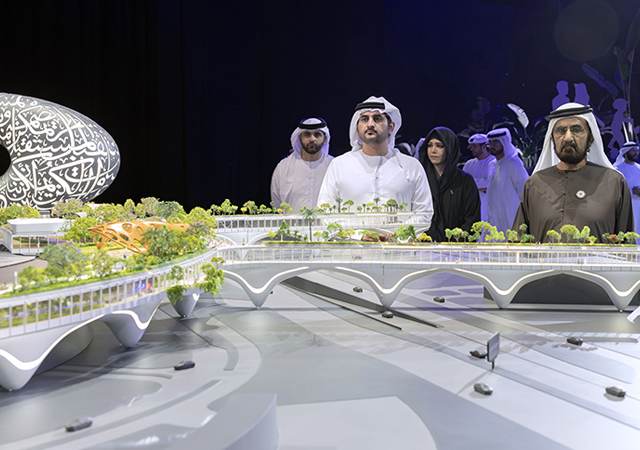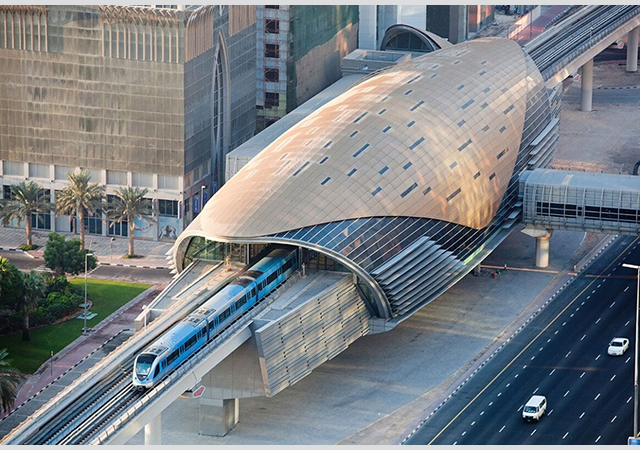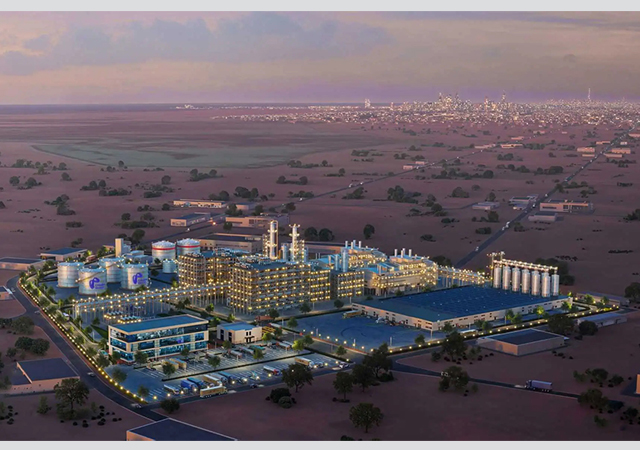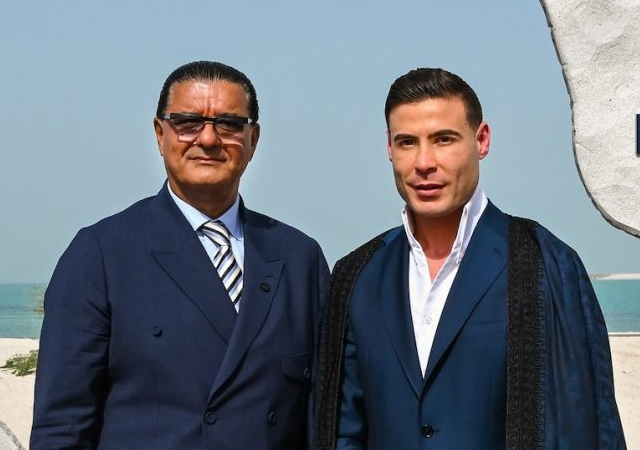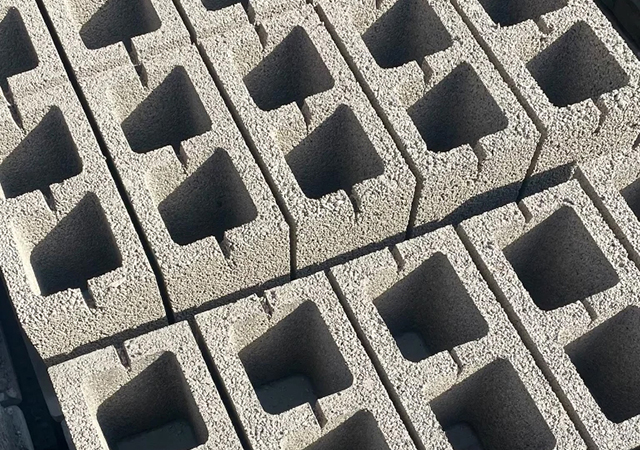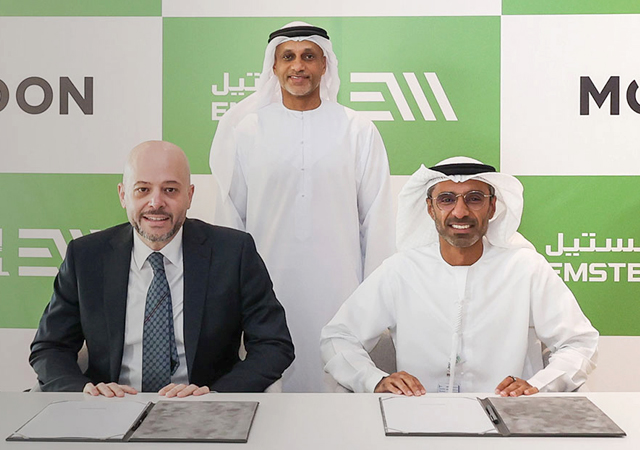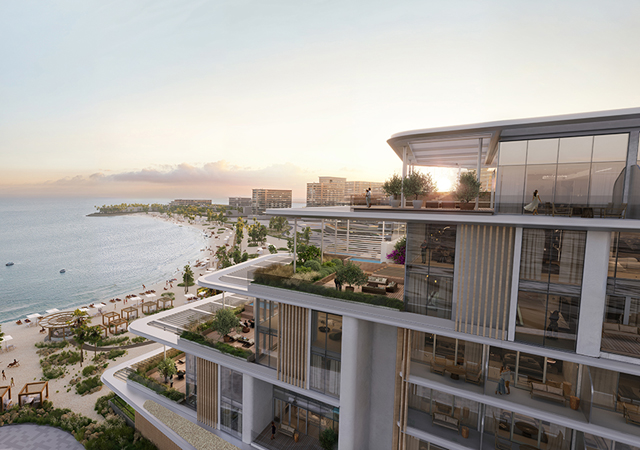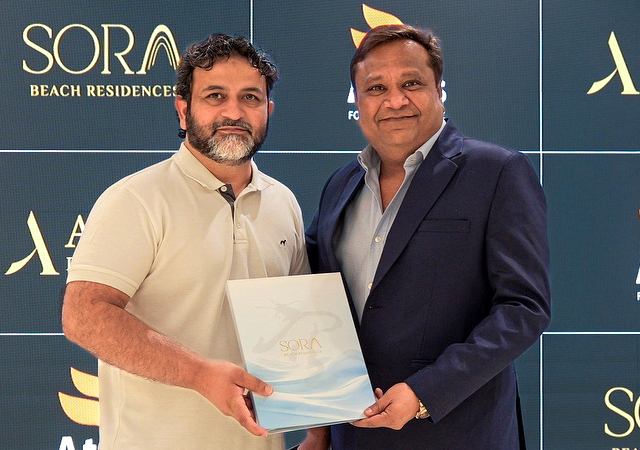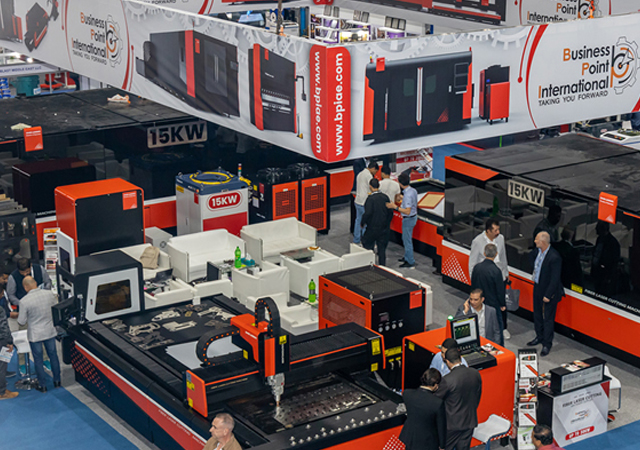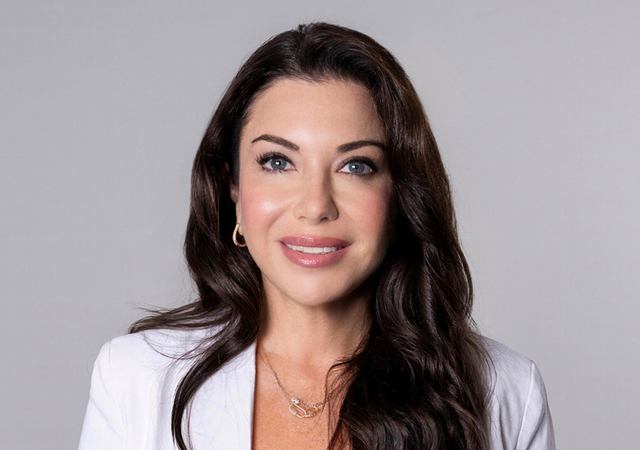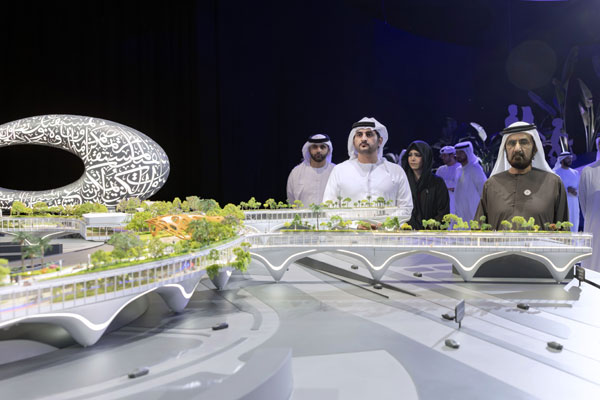
HH Sheikh Mohammed bin Rashid Al Maktoum, Vice President and Prime Minister of the UAE and Ruler of Dubai, has approved the Dubai Walk Master Plan, a visionary initiative aimed at transforming the city into a pedestrian-friendly one.
Announcing this, Sheikh Mohammed said the Dubai Walk Master Plan will establish an integrated network of walkways with a unique identity, focusing on accessibility, safety, and a comfortable walking experience, featuring uninterrupted pathways and expanded green spaces.
"We have approved the Dubai Walk Master Plan, a 6,500 km network of modern walkways covering 160 areas across the emirate. The plan includes constructing 3,300 km of new walkways and rehabilitating 2,300 km of existing ones by 2040, in addition to more than 900 km of walkways planned beyond 2040. It also involves developing 110 pedestrian bridges and underpasses to enhance connectivity. This ambitious plan aims to increase pedestrian and soft mobility from 13% to 25% by 2040," he stated.
He pointed out that enhancing the quality of life in Dubai remained a key focus of the emirate's strategic vision.
He emphasised that innovative infrastructure projects and the development of a distinctive, modern destination reflect Dubai's global stature, further strengthening its position as the preferred city to live, work, and visit.
"It is a city of the future, committed to creating a healthy and happy urban environment. The Dubai Walk Master Plan promotes active lifestyles and provides exercise opportunities for all, making walking a central part of our culture and daily lives. This vision will position Dubai as one of the world’s healthiest and most sustainable cities," he stated.
At the launch of the Master Plan near the Museum of the Future, Sheikh Mohammed was received by Mattar Al Tayer, Director General and Chairman of the Board of Executive Directors of the Roads and Transport Authority (RTA).
Al Tayer provided a detailed briefing on the Dubai Walk Master Plan and its role in strengthening Dubai's global competitiveness in pedestrian and soft mobility.
The ceremony was also attended by Sheikh Maktoum bin Mohammed bin Rashid Al Maktoum, First Deputy Ruler of Dubai, and Deputy Prime Minister and Minister of Finance of the UAE and other senior officials including Sheikh Ahmed bin Saeed Al Maktoum, President of Dubai Civil Aviation Authority and Chairman and Chief Executive of Emirates Airline and Group.
"Aligned with the Dubai 2040 Urban Master Plan’s ‘20-Minute City’ goal—enabling 80% of residents to access essential services within a 20-minute commute—and the Quality of Life Strategy 2033, the Dubai Walk Master Plan aims to transform Dubai into a pedestrian-friendly city," said Sheikh Mohammed.
The plan focuses on enhancing pedestrian safety, connecting areas with existing walkways, and integrating creative and cultural elements into soft mobility infrastructure, reflecting the unique identity of each area. It also promotes collaboration with strategic partners to deliver innovative infrastructure solutions while engaging youth to contribute creative ideas for walkway design and amenities, he added.
The plan envisions a 6,500 km interconnected walkway network, constructing 3,300 km of new walkways and upgrading 2,300 km of existing ones. The pilot phase runs from 2025-2027, with full implementation in three stages from 2027-2040.
The plan includes the development of 110 pedestrian bridges and underpasses to enhance connectivity across urban areas. Key projects include a bridge on Al Ittihad Road connecting Al Nahda and Al Mamzar, a bridge on Tripoli Street linking Al Warqa and Mirdif, a bridge on Al Khawaneej Street joining Mushrif and Al Khawaneej, and a bridge on Dubai-Al Ain Road connecting Dubai Silicon Oasis and Dubailand.
The project will seamlessly link major landmarks such as Burj Khalifa, Dubai International Financial Centre, Dubai Marina, and Jumeirah Lakes Towers. Each route will feature distinctive designs, colours, lighting, and landscaping, reflecting the unique identity of its surrounding area.
The walkways will incorporate greenery, shaded areas, misting systems, interactive digital screens, art displays, sports and entertainment equipment, rest areas, and commercial spaces. Accessibility and safety are prioritised through the use of signage, ground markings, lighting, integrated pavements, art displays, and integration with navigation systems and smart applications.
Sheikh Mohammed later reviewed plans for the 17 km first phase of pedestrian walkways, featuring two key routes. The 15 km Al Ras Historical Route in Al Ras and Al Souk Al Kabeer highlights the emirate’s heritage, including 5 km along the revitalised waterfront with 25 rehabilitated public squares featuring shaded rest areas, green spaces, and art displays.
The Dubai ruler also visited ‘The Future Loop’ project which will be implemented at the Museum of the Future area. This iconic elevated walkway, spanning 2 km with a width ranging from 6 to 15 m, seamlessly connects key landmarks, including the Dubai World Trade Centre, Museum of the Future, Emirates Towers, Dubai International Financial Centre, and nearby metro stations.
He then viewed the model of ‘The Future Loop,’ highlighting its connection to 10 key locations, a 30,000-sq-m air-conditioned level for year-round walking, and an additional 30,000 sq m of shaded, green open spaces. The project, which will include commercial spaces, is set to be developed through a public-private partnership.
He later reviewed models for three types of pedestrian walkways. The Scenic-Leisure Walkways include 112 km of waterfront paths, 64 km in urban areas, 124 km of green paths, and 150 km of rural and mountain trails.
The City Connectivity Walkways focus on first- and last-mile connections to public transport in 30 areas, including Al Rigga, Business Bay, Al Bada’a, and the Trade Centre. The Community Walkways are designed to link residential areas to nearby attractions in 50 areas, beginning with Al Barsha 2, Al Khawaneej 2, and Al Mizhar 1.
Additionally, he reviewed three models for urban spaces. The first model, Plazas, will be implemented in four locations: Etihad Museum, 2nd of December Street, Al Mamzar, and Mushrif.
The second model, Superblocks, will cover four areas in its initial phase: Al Fahidi, Al Quoz, Al Karama, and Abu Hail, while the third model, Boulevards, on four streets: Jumeirah, Baniyas, Al Khaleej, and Al Muraqqabat, transforming them into pedestrian-friendly spaces.-TradeArabia News Service


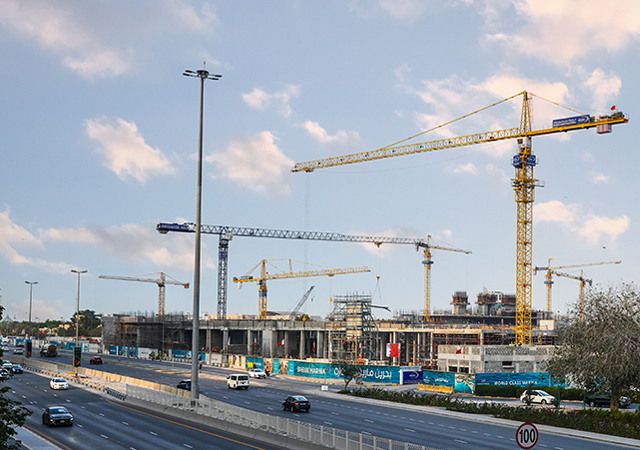


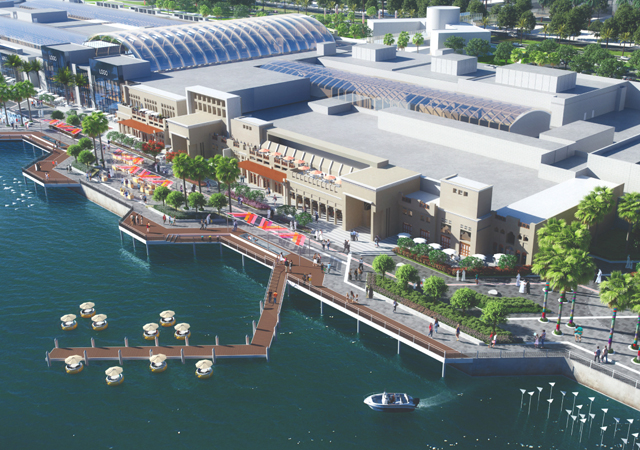
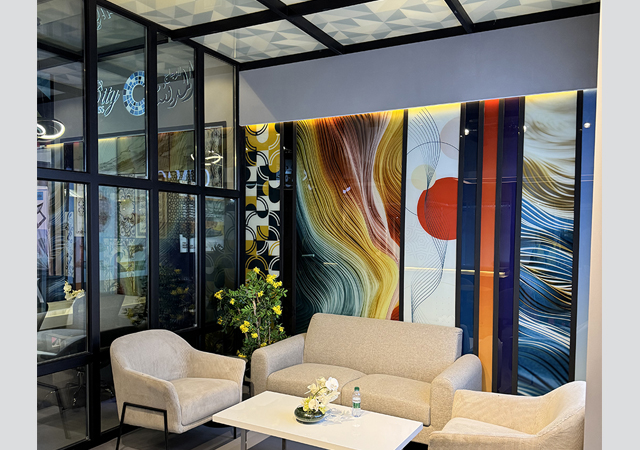

.jpg)
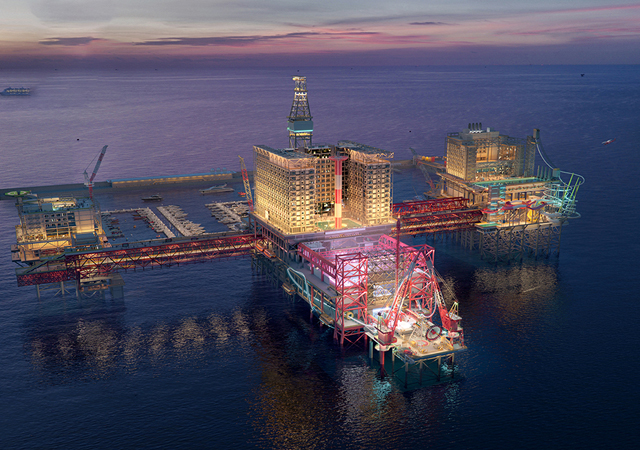
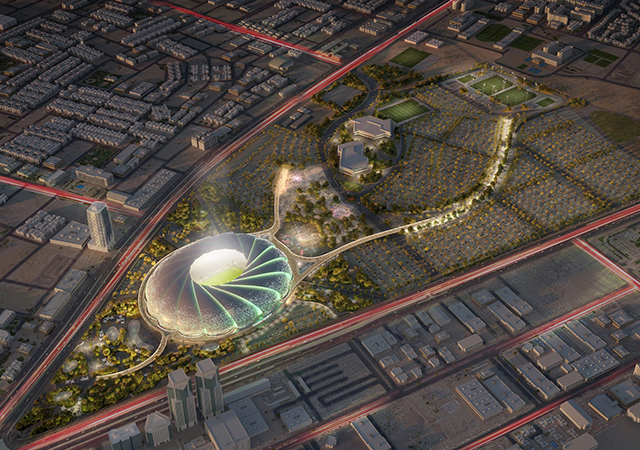
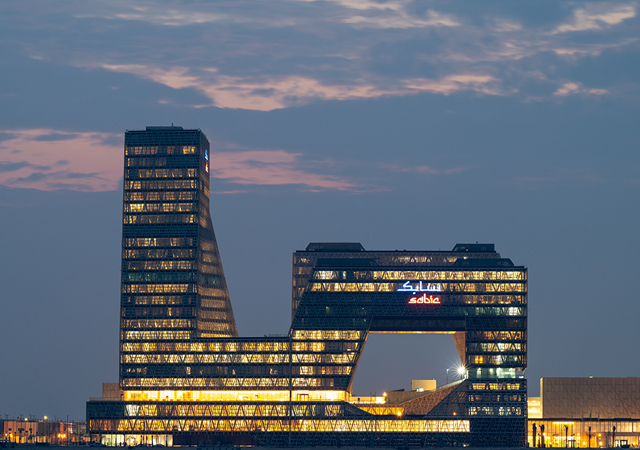
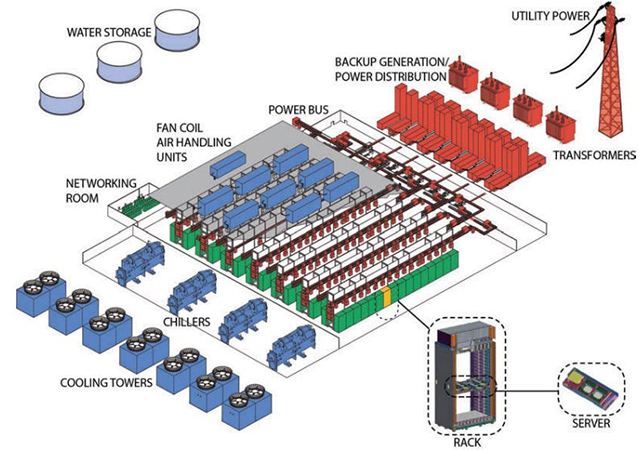

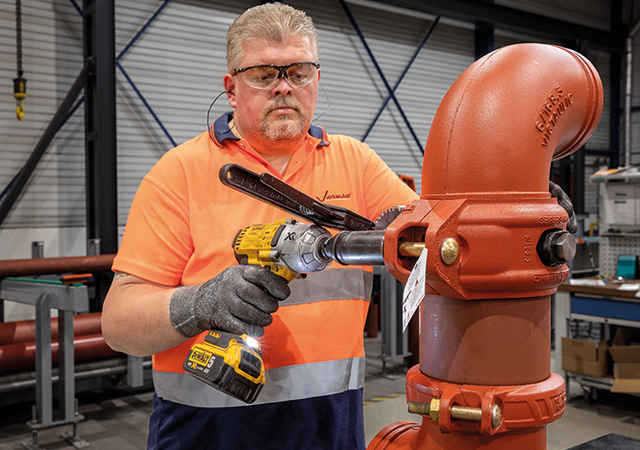
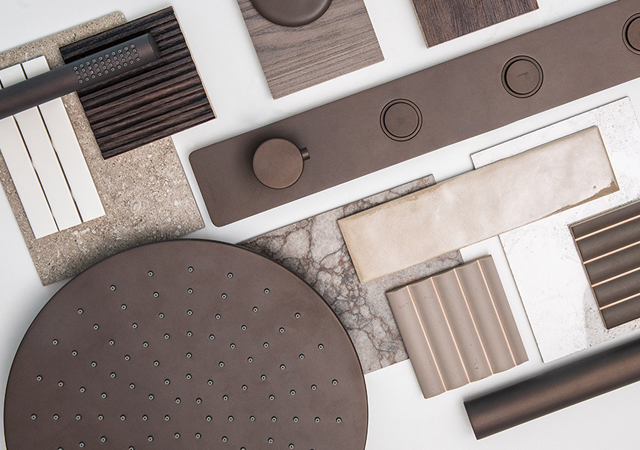
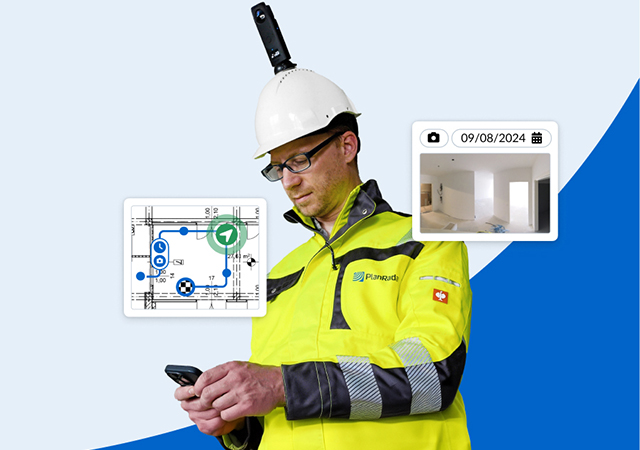
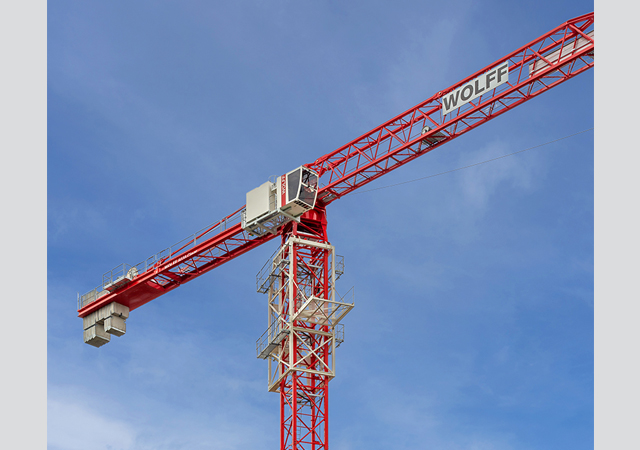
.jpg)
.jpg)
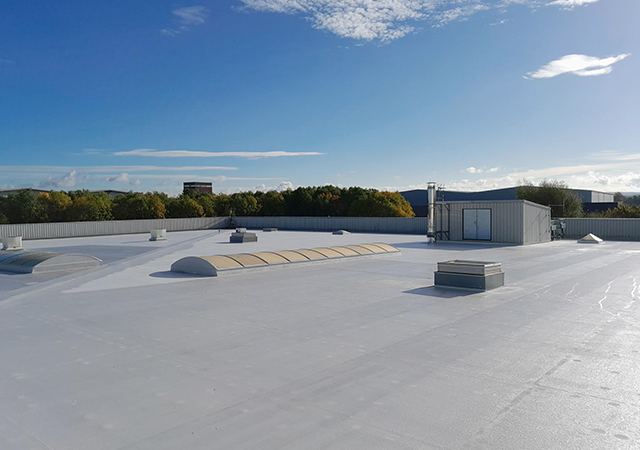
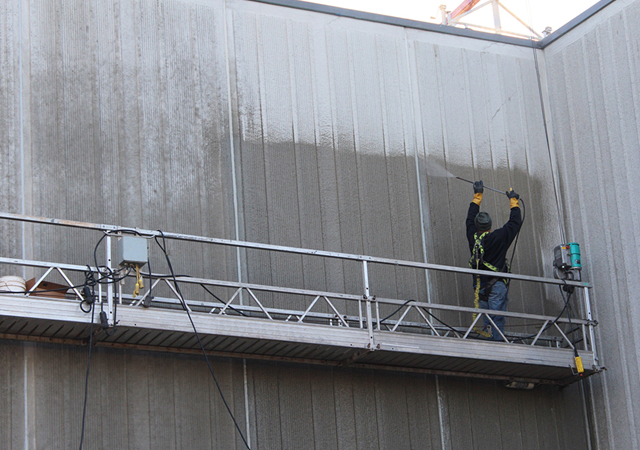
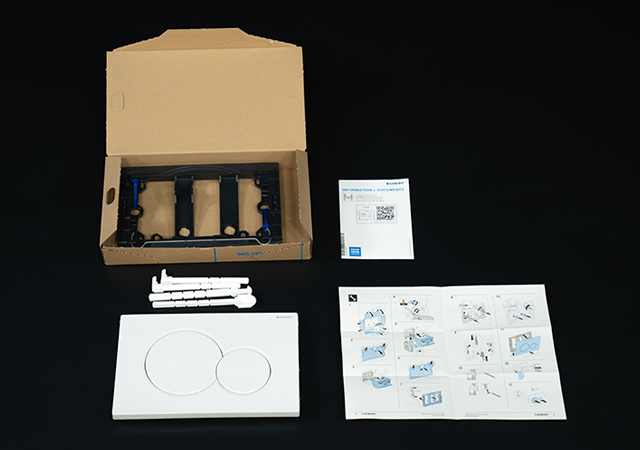
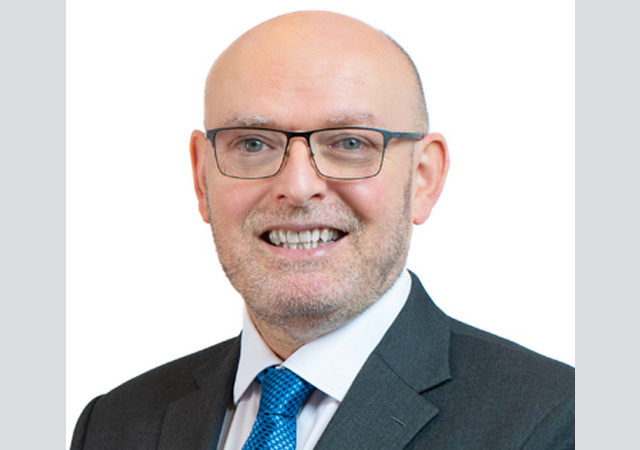
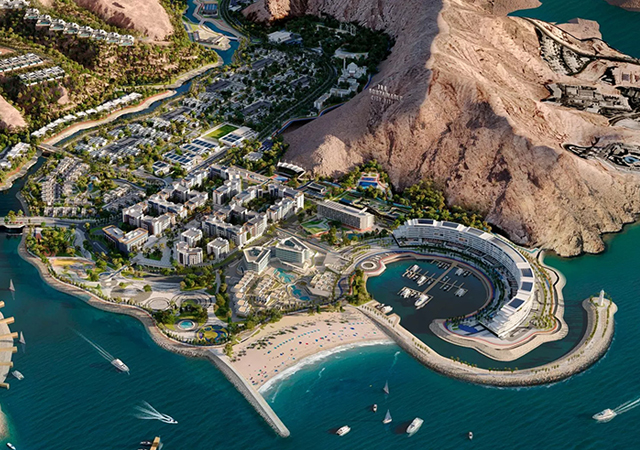
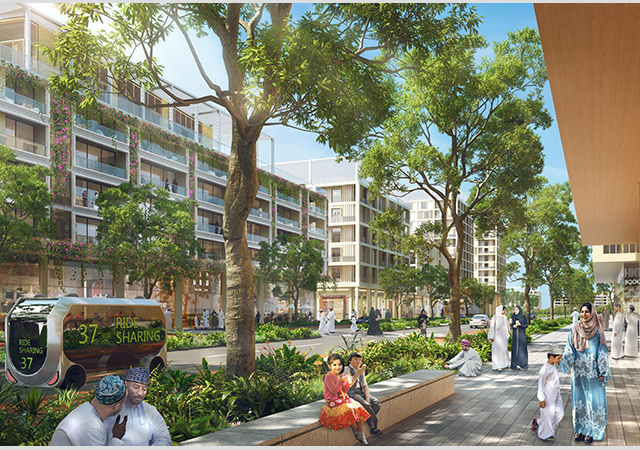
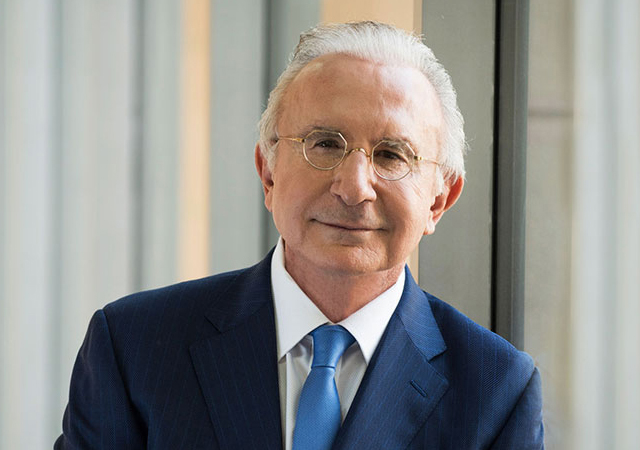
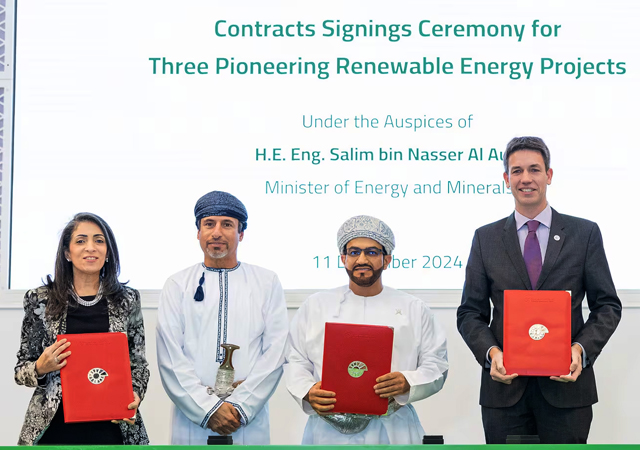
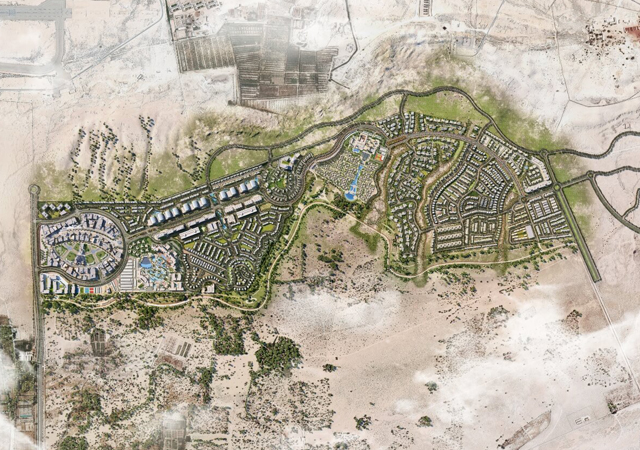
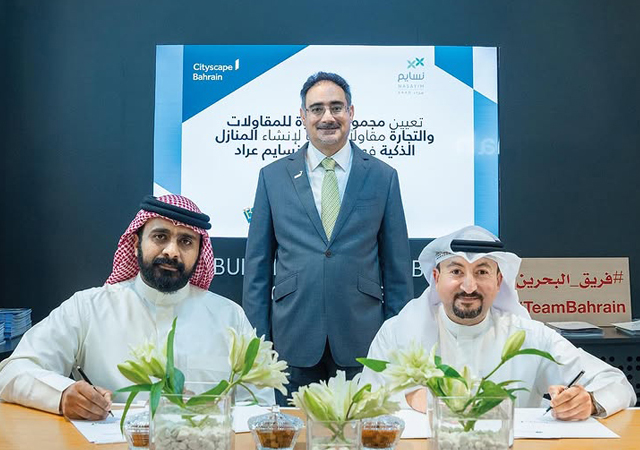

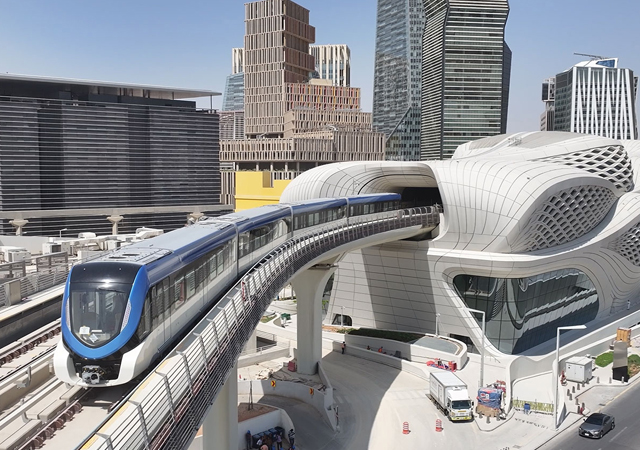
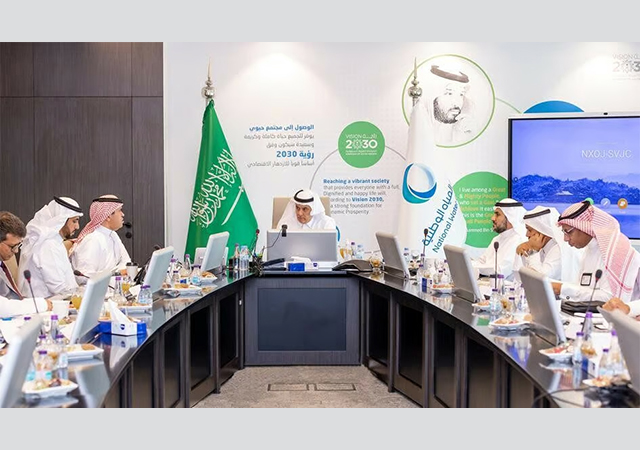
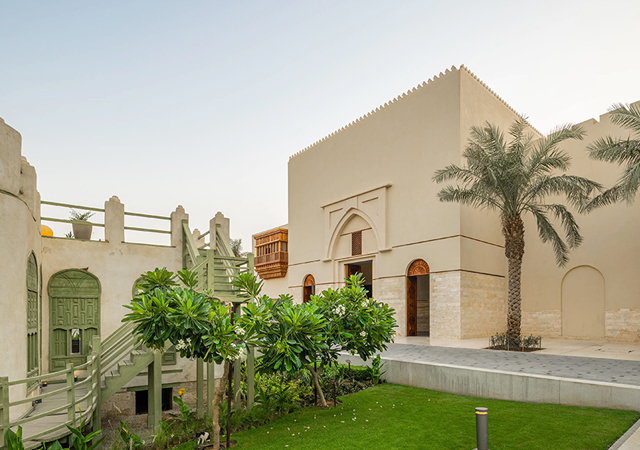
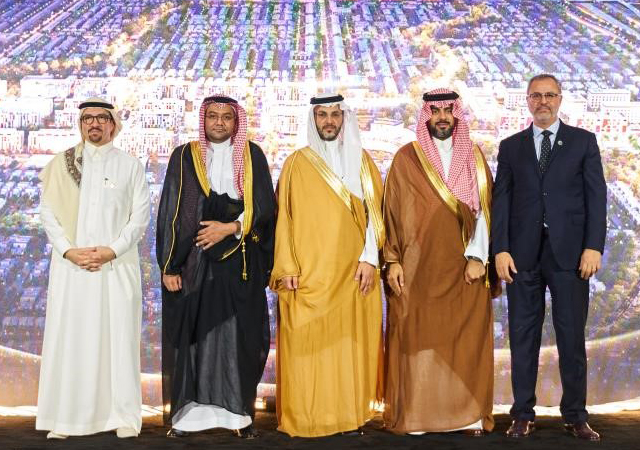
.jpg)
